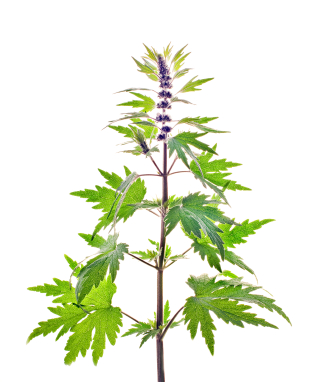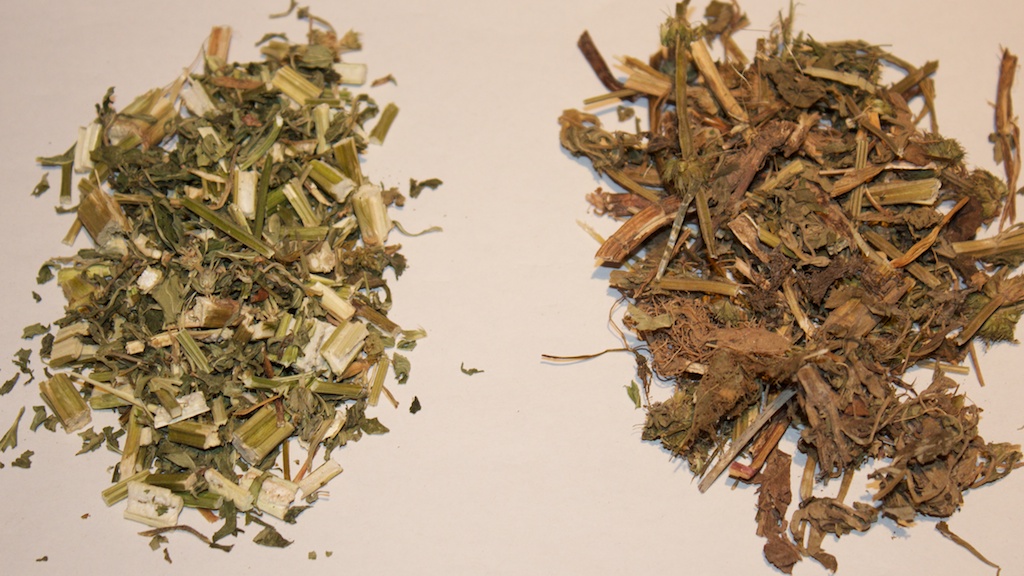 Many have to come to know me through the various writings and webinars I have published, which is certainly a big aspect of my work as a Doctor (the educating part), but this is really quite small in relation to the time and dedication I put into my clinic. My mentor, Mazin Al Khafaji, always reminds me that my main work is in the clinic, with patients, not rattling off fanciful theories and such. What this means is that the results my patients experience, or do not experience, are of top priority (seems obvious right?). Thus I have to pay close attention to every detail of a patient’s journey with me, especially to the aspects that I have direct control over, like the herbal medicines they consume (my most important contribution when treating such chronic and debilitating disorders as atopic eczema and psoriasis).
Many have to come to know me through the various writings and webinars I have published, which is certainly a big aspect of my work as a Doctor (the educating part), but this is really quite small in relation to the time and dedication I put into my clinic. My mentor, Mazin Al Khafaji, always reminds me that my main work is in the clinic, with patients, not rattling off fanciful theories and such. What this means is that the results my patients experience, or do not experience, are of top priority (seems obvious right?). Thus I have to pay close attention to every detail of a patient’s journey with me, especially to the aspects that I have direct control over, like the herbal medicines they consume (my most important contribution when treating such chronic and debilitating disorders as atopic eczema and psoriasis).
After diagnosing my patients, through a very thorough examination under strong bright lights and a detailed taking of their general health history, the creation of a herbal formula becomes paramount. Such herbal prescriptions have been written for thousands of years and are the mainstay of most Doctor’s practicing Chinese medicine. The first step is in relation to figuring out what herbs to choose, as well as their relative daily dosages (I have roughly 250+ herbs on hand at my clinic). The second step is in insuring the medicine prescribed is of good quality. No matter how well the diagnosis and herbal formulation is, if the herbs are not fresh and of a high standard, the patient may receive very little benefit.
As I wrote about in my previous blog on herb quality, I spend a lot of time trying to source out good quality herbal medicines. I want fresh and I want herbs free of contaminants like pesticide residues, heavy metals, etc. (I am currently using herbs from Spring Wind). In the picture below we can see an example of two different quality grades for the herb Yi Mu Cao (aka. Motherwort). It seems fairly obvious that the one on the left is of the superior grade, as the vibrant green and yellow colours just speak of freshness. Compared to the one on the right which is brown and dull looking, and is representative of common herbs bought out of a China town market. These two samples of course smell much different, with the one on the left having a somewhat sweet and aromatic quality, and the one on the right smelling musty and somewhat mildewy.
Now the kicker, the higher quality herb is more than twice the wholesale price as the poorer quality one. Thus if one was trying to save money, cut a few corners and make a bigger profit, poor quality herbs are very appealing. The cost, of course, will be in outcome. Not only will the poor quality herb struggle to achieve its promised effect (I often use Yi Mu Cao in formulations when it is clear that a woman’s skin issue flares up pre-menstrually), but the herb may in fact make a patient sick! Herb quality is well worth the extra price tag – for sure!
So again, check around. Make sure the herbs you are taking (patient) or prescribing (doctor) are of good quality. I am sure that the desired result will be much better for all.
Wishing you health,
Dr. Trevor Erikson

